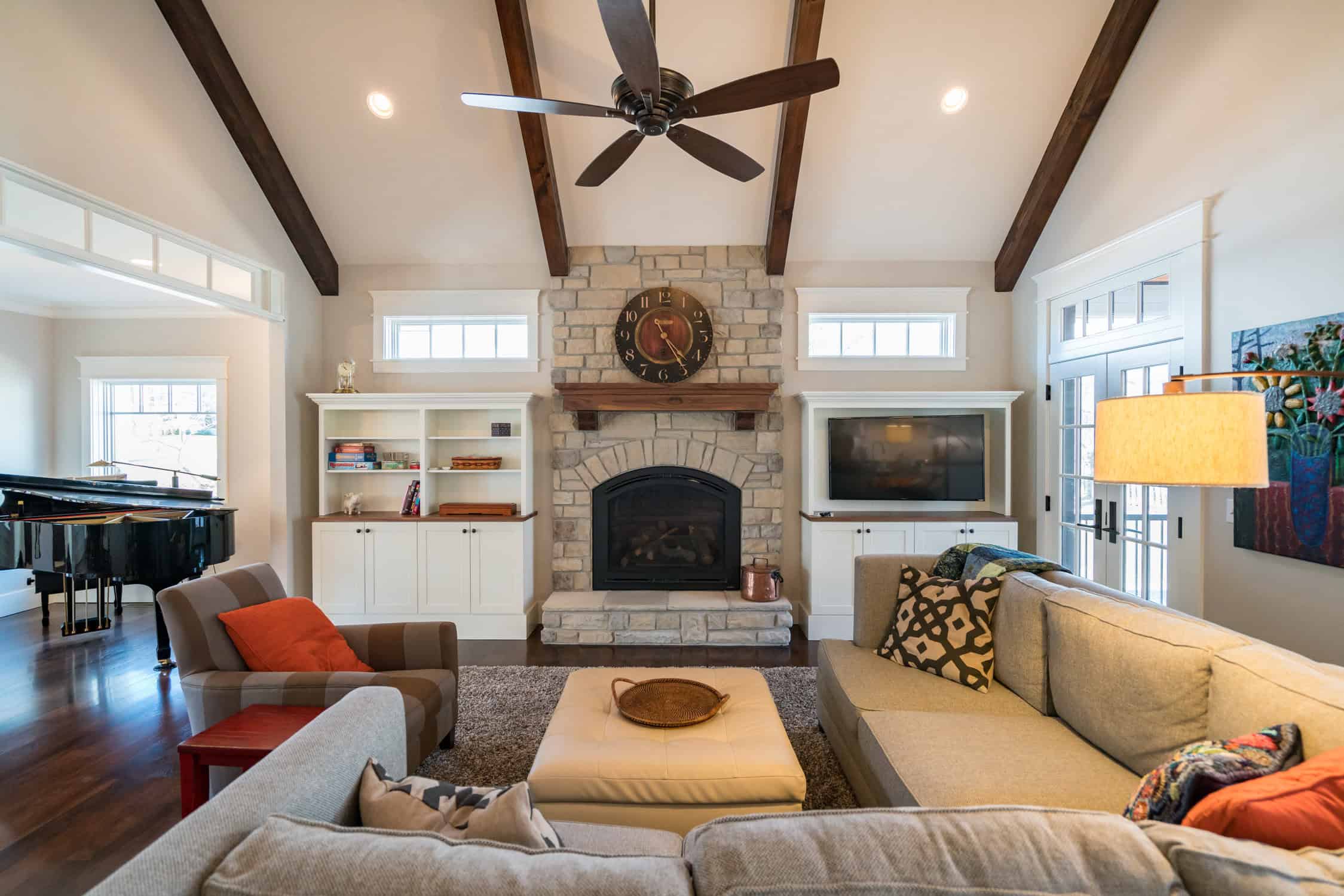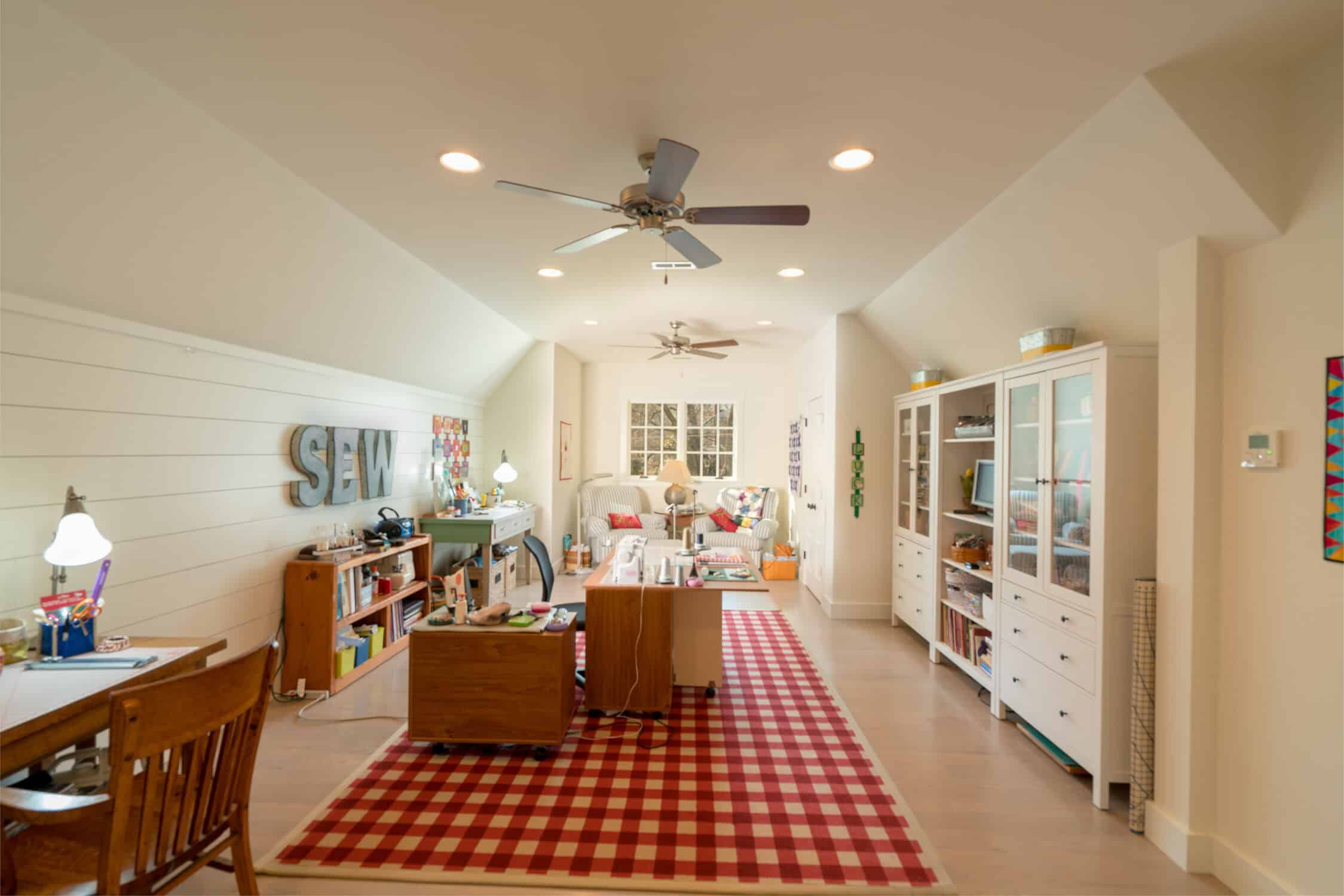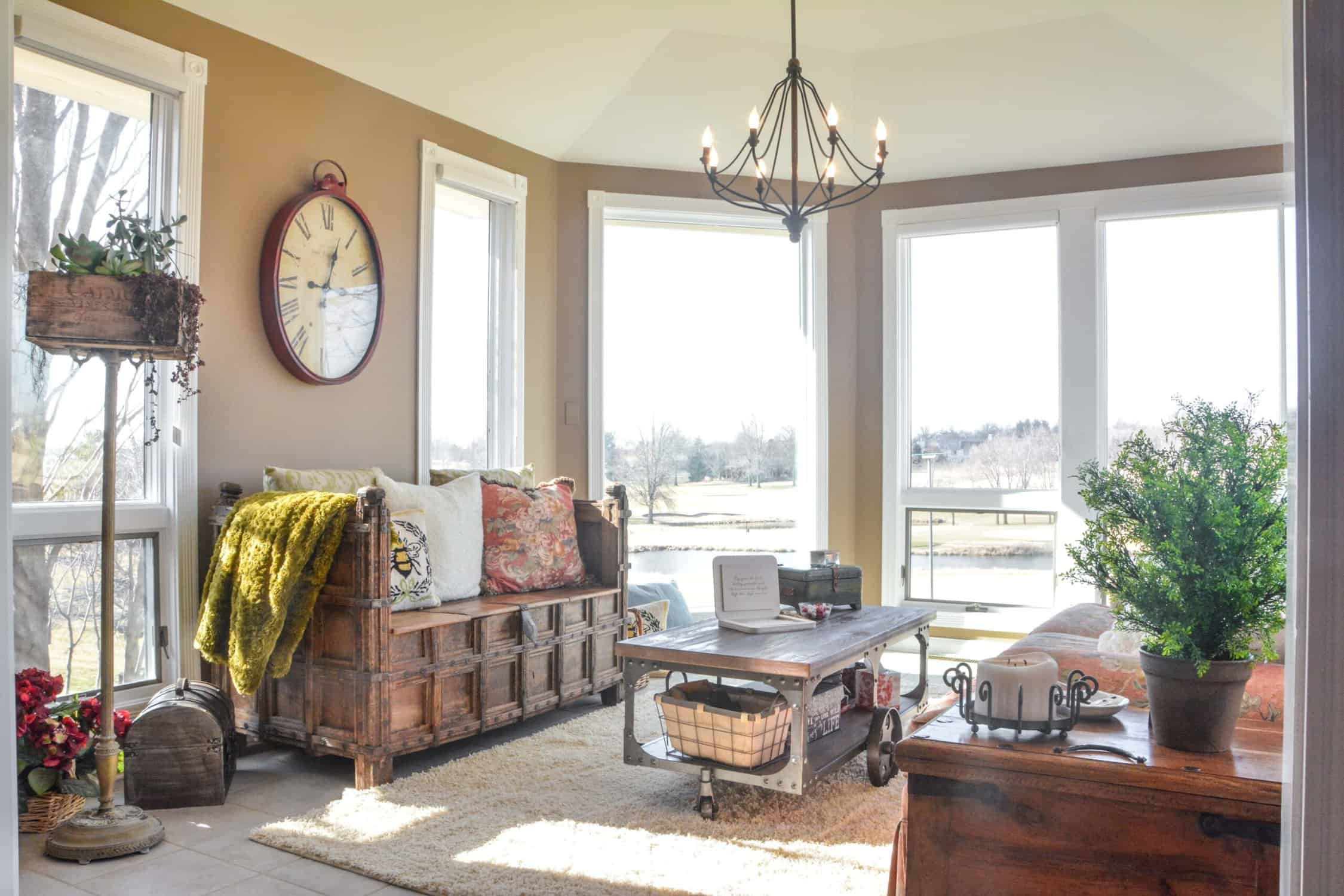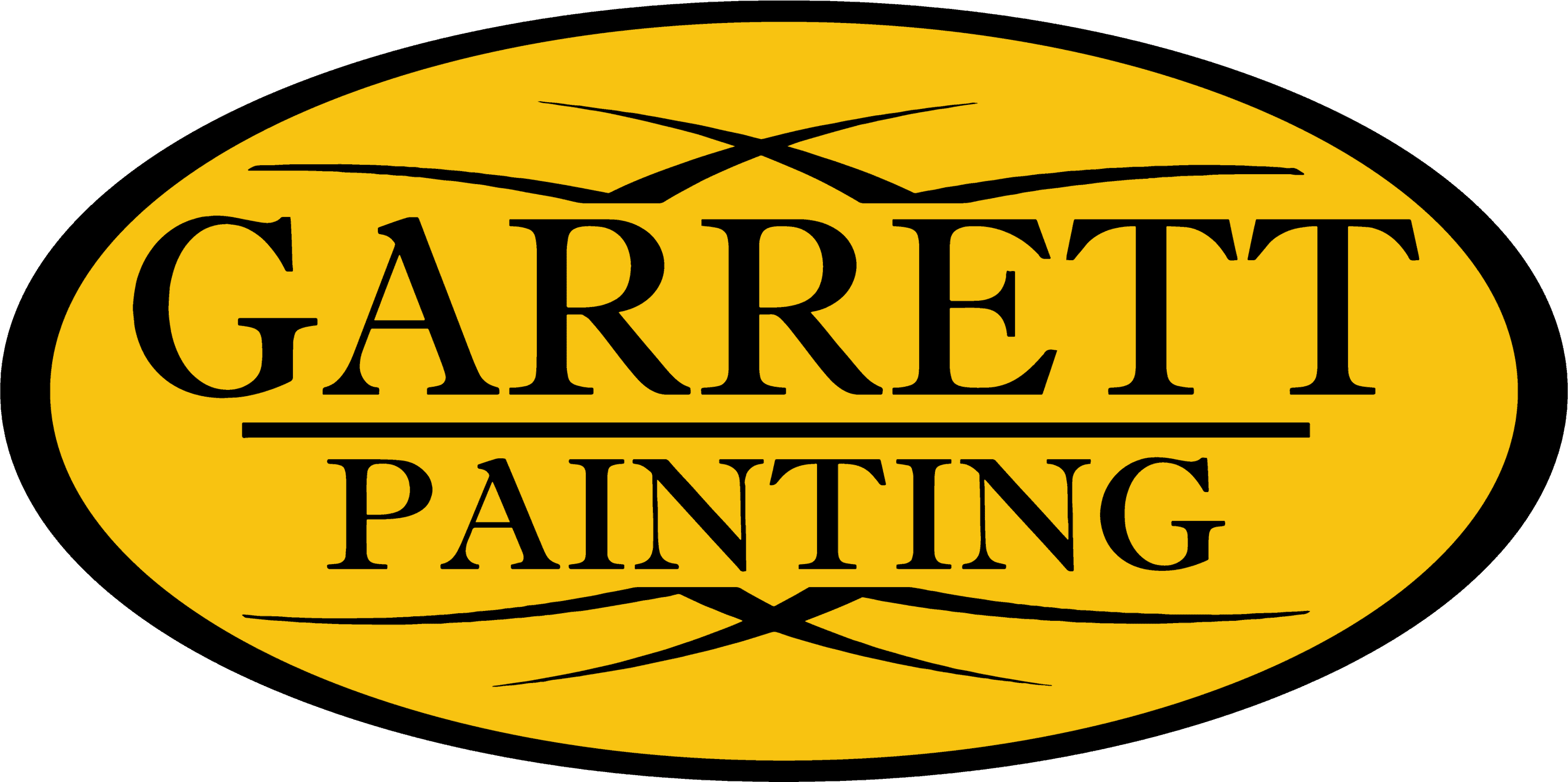Hey there, homeowners in Boonville, MO! If you’re starting interior house painting in Boonville, MO, you might be wondering how to avoid brush marks from ruining your hard work. Nothing is worse than finishing a room, only to step back and see streaks and uneven coverage staring back at you. Luckily, those marks can be prevented with the right techniques.

Whether you’re handling the project yourself or bringing in a professional house painter, knowing the common causes of brush marks and how to prevent them can make all the difference. Let’s break down what you should avoid and what you can do instead to achieve smooth, professional-looking walls.
Key Takeaways
How to Avoid Brush Marks on Walls
1. Using the Wrong Brush or Roller
The brush or roller you use makes a huge difference in how your walls turn out. A cheap brush with stiff bristles will leave streaks behind, no matter how careful you are. If you’ve ever struggled to get a smooth finish, your brush might be the culprit.
How to Fix It


2. Skipping Surface Prep
Rushing into interior house painting without preparing the walls is a recipe for disaster. Dirt, dust, and old paint imperfections will make the new coat look uneven.
How to Fix It
3. Applying Too Much or Too Little Paint
Too much paint on your brush leads to drips and heavy streaks. Too little paint means you’ll struggle with visible strokes. Finding the right balance is key.
How to Fix It
4. Rushing the Job
We get it—you’re excited to see the finished result. But rushing leads to sloppy work, and sloppy work leads to brush marks. Taking your time is worth it.
How to Fix It


5. Skipping the Final Touches
Even with great technique, a little extra effort at the end makes all the difference. Don’t assume the job is done as soon as the last coat goes up.
How to Fix It
How to Avoid Brush Marks for a Flawless Finish
The right tools, preparation, and technique make all the difference in interior house painting. Taking the time to clean, prime, and use high-quality materials helps you get professional-looking results. And if you’re not loving the idea of doing all this yourself, a skilled house painter can handle it for you.
If you want interior house painting in Boonville, MO that looks seamless and streak-free, Garrett Painting has you covered. Our experienced team knows exactly how to avoid brush marks, and we use premium materials to give your home a flawless finish.
Get a Smooth, Streak-Free Finish—Call Garrett Painting Today!
Why spend hours trying to get the perfect paint finish when a professional can do it for you? Garrett Painting specializes in high-quality interior house painting, ensuring smooth walls and crisp, clean edges. Whether you’re in Columbia, Jefferson City, or Ashland, we’re ready to bring your vision to life.
Call 573-533-4462 today for a FREE estimate and let’s make your home look amazing!





